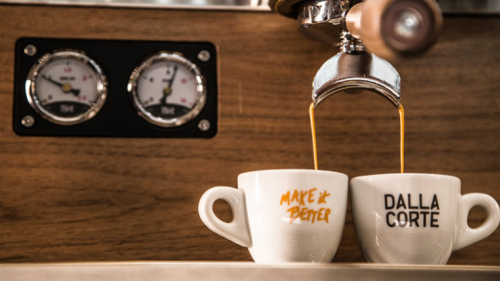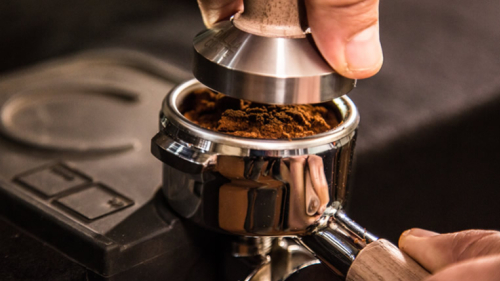Let's talk with Cole Torode about where is coffee grown
May 06, 2021
#beantocup
- today we talk about where is coffee grown and in which new countries of
origin the future will take us, with Cole Torode.
Are all
coffees from the same country of origin the same?
“Short and
fast answer is no, absolutely not. However, if you're only buying commodity
driven coffees, many will probably have a very similar profile.
This
equation starts changing when producers correct their mindset, shifting their
practices and their production to better suit the terroir (one of the many
words we have borrowed from the wine world), focusing on micro-regions and making
sure to grow the proper varietal, applying the right processing techniques and
having the right soil composition.
So, on a
macro level a lot of people think coffee from Brazil all tastes the same, but there actually is a whole spectrum of flavors
that exists within each country, within each farm, sometimes within a block on
a farm. You will also get different flavors from the exact same coffee even if
it’s processed the same way, a lot of little variations play a
part in the profile of the final product, such as the time of harvest and the day
it’s been processed."
What is
a rather recent country of origin worth mentioning?
“Some of
the best coffees I tried in 2019 - the last year I was able to travel - were
from Asia. I was really fascinated by the coffees in Myanmar, one
of the emerging producing countries in Southeast Asia that I have been buying coffee
from since 2017. Most of what they grow is a varietal called Catuai, created in
the producing country par excellence - Brazil - and now planted all over the
world.
Just as the
rest of Southeast Asia, Myanmar has really good genetics for coffee: the microclimates,
terroir and altitude are very similar to those in Central America, with the
potential to grow plants of the same quality, or better. Central America has
had access to the market for much longer, and they have also been able to see
how the Western world has been moving in terms processing and production automation.
In Myanmar production takes place on a hyper-rural level,
and indigenous villages have no access to market. Asia has been mostly
disconnected from that access to knowledge and it's been hard for them to get
any sort of advancements.
I’ve
personally been following some of the projects within Myanmar by non-profit agencies
to see how their coffee grows year after year and I was really impressed. Now
that the military dictatorship has taken over the country, I am not sure when I'll be able to go back there.
Southeast Asia is very fascinating, there’s so much happening in the Philippines, Laos, Myanmar, Thailand...for a long time these countries only had the stigma of low quality Robusta, but today there are producers who are really trying to break out of those stereotypes. "
Next time
we will talk about coffee with Fabrizio Senciòn Ramirez, don't miss what he has
to say about the most crucial part of the process from the bean to the cup, we
are going to talk about picking! #beantocup #makeitbetter

Latest news
THIRD WAVE COFFEE: THE NEW ERA OF QUALITY COFFEE
Feb 18, 2025









